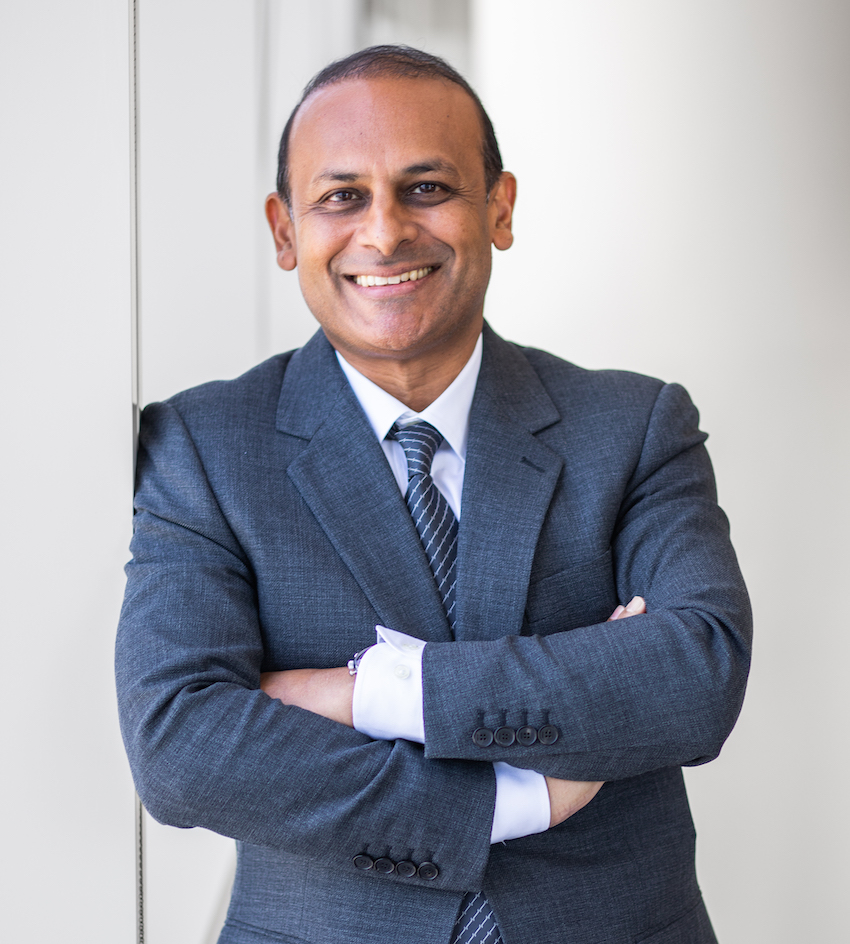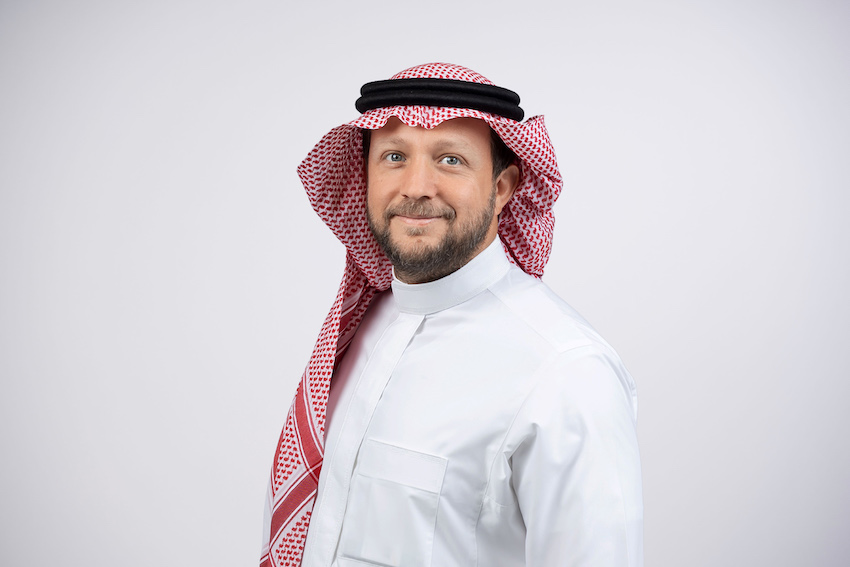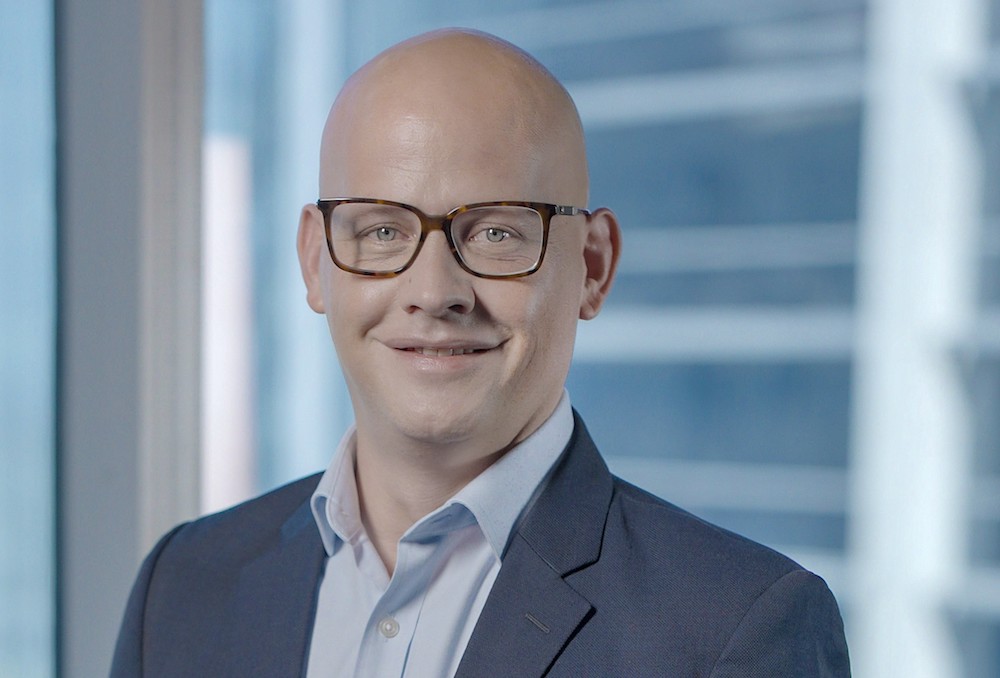RIYADH: Saudi banks money supply reached SR2.95 trillion ($785.51 billion) in November, marking a 10.3 percent rise compared to the same month last year, according to official data.
Figures released by the Saudi Central Bank, also known as SAMA, revealed that time and savings deposits have reached their highest percentage share of the money supply in over 15 years, accounting for 33.61 percent or SR989.99 billion.
These deposits also recorded the fastest growth rate among all components of the money supply, increasing by 18.10 percent.
Demand deposits accounted for the largest share at 48.76 percent, a slight decline from their 50 percent share a year earlier, though they grew by 7.69 percent during this period. The remaining components collectively made up 17.63 percent of the total money supply.
Edmond Christou, senior industry analyst at Bloomberg Intelligence told Arab News, “Local lenders’ role in financing projects requires more cash, underpinning the likes of Saudi Fransi, ANB, Rajhi and SNB issuing euro-denominated medium-term notes.”
He added: “Saudi central bank putting state funds on time deposits helped bank cash flow, along with open market operations and $31 billion of debt sales since 2022 or $25 billion excluding SNB’s CDS.”
According to the analyst, this surge in term deposits is a development driven by tighter liquidity conditions and elevated interest rates. The rise reflects strategic measures by local banks to navigate strong loan demand while attracting funds to stabilize their balance sheets.
Recent data from SAMA revealed that deposit growth is slightly behind loan issuance, putting some pressure on liquidity. Loans grew 13.33 percent year-on-year in November, outpacing the 10.52 percent increase in deposits. This imbalance has pushed banks to compete for depositors by offering attractive returns on term deposits.
Saudi Arabia has been driving substantial government projects to support its Vision 2030 ambitions, with a heavy emphasis on construction activity to transform its infrastructure, tourism, and overall economic landscape.
These projects, ranging from mega cities like NEOM to significant infrastructure developments, require vast amounts of funding, and banks have played a crucial role in financing them. To support these large-scale endeavors, the demand for credit has surged.
Interest rates in Saudi Arabia also reached elevated levels, partly due to the riyal’s peg to the US dollar, which has been influenced by the Federal Reserve’s tightening monetary policy aimed at combating inflation.
This led to a peak in interest rates, which climbed to as high as 6 percent. However, as inflation levels have moderated, there has been a shift in the monetary policy since September, with SAMA implementing three rate cuts — one of 50 basis points, followed by two additional 25 basis point reductions.
This shift signals a more accommodating policy stance, likely to ease some of the pressure on borrowing costs while maintaining financial stability.
The rise in term deposits underscores a shift in the Saudi banking sector’s approach to funding. Banks are incentivizing savers with higher returns to ensure stability, particularly as demand for credit grows due to Saudi Arabia’s ambitious Vision 2030 projects.
Term deposits provide a more predictable funding source compared to demand accounts, which can fluctuate significantly. The strategic shift helps banks align their funding structure with long-term lending requirements, particularly for infrastructure and construction projects.
Higher Saibor spread to boost funding
The elevated 115-basis point spread between the Saudi Interbank Offered Rate, known as Saibor, and the US Secured Overnight Financing Rate illustrates the tight liquidity landscape, according to Christou.
A higher Saibor compared to SOFR means that borrowing and funding costs in Saudi Arabia are relatively higher than those in the US. Historically, this spread hovered around 70 basis points, but sustained demand for credit has kept it significantly higher.
“The 115-bp Saibor spread over the secured overnight financing rate versus the normalized 70-bp historical range -nevertheless an improvement against the 2022 liquidity crisis – shows liquidity remains tight,” the analyst said.
In an environment where deposit inflows remain moderate, banks have also turned to external borrowing, including issuing euro-denominated bonds, to bridge funding gaps.
Local lenders like Al Rajhi Bank, Saudi National Bank, and Banque Saudi Fransi have leveraged such instruments to support their liquidity needs, according to the analyst.
While liquidity remains constrained, the current environment is an improvement over 2022 according to the analyst, when Saudi banks faced acute pressures due to surging credit demand.
SAMA’s debt issuance of over $31 billion since 2022, combined with other supportive measures, has alleviated some of the strain. However, the banking sector must continue to address systemic challenges to sustain long-term growth, Christou said.
Loan-to-Deposit ratio below limit
The loan-to-deposit ratio in Saudi banks has remained steady at 82.16 percent in November, despite the fact that loans grew by over 13 percent annually, which outpaced the deposits growth over the same period.
The LDR is a key indicator used by banks to measure the proportion of loans granted compared to the deposits they hold. In this case, even though the demand for loans has increased at a faster pace than deposit growth, the ratio has stayed below the regulatory limit of 90 percent.
The stability in the LDR is likely due to support from other sources of funding, such as debt issuance and private placements. These alternative funding methods have helped banks maintain their liquidity and ensure they can continue to lend without being overly reliant on deposits, according to Christou.
According to a June report by the International Monetary Fund, the Saudi banking sector is resilient, with stress tests indicating that both banks and non-financial businesses can withstand shocks, even in challenging scenarios.
However, close attention is needed to balance credit growth, funding, and systemic risks, especially as large-scale government projects under Vision 2030 accelerate.
While banks are well-capitalized, profitable, and maintain high liquidity with low nonperforming loans, there are potential risks tied to fast credit growth and the increasing reliance on non-deposit funding sources.
To manage these risks, SAMA may need to adjust its policies, such as revisiting loan-to-value limits, debt burden guidelines, and loan-to-deposit ratios.
Enhanced tools, like a countercyclical capital buffer, can also help prepare for future challenges. Moreover, better monitoring — such as tracking house prices and bank exposures to large projects — would provide a clearer picture of risks.































